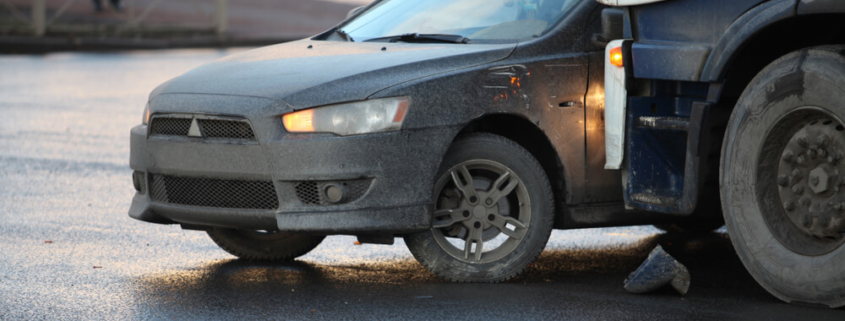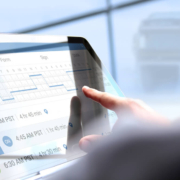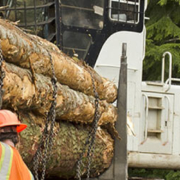How Important is Black Box Data After a Truck Accident?
In the aftermath of a truck collision, Atlanta victims are often left wondering what comes next and how they can protect themselves. They may have serious injuries, totaled vehicles, and immense financial losses. The good news amidst all this chaos is that there is a substantial amount of evidence after a truck collision. The truck’s black box, also known as an Event Data Recorder, can be an excellent source of evidence and data as you pursue compensation.
Ready to find out if you’re entitled to compensation after an accident? Call Bailey Javins & Carter at 678-981-5370 to set up a time to talk to our team now.
What is a Truck’s Black Box?
You’ve likely heard of airplanes having black boxes, but tractor-trailers have the same devices. This is due in large part to an FMCSA regulation requiring electronic logging devices on tractor-trailers manufactured after a specific date. The black box stores data on the vehicle’s performance and the driver’s behavior in the moments prior to, during, and after a collision.
As you may imagine, knowing what a truck driver was doing before and during an accident can provide a lot of context and insight as you try to piece together what happened. Accident reconstruction specialists often use this data along with other pieces of evidence to put together a timeline of the crash.
Information Contained in the Black Box
The black box may contain a wealth of data that can help your attorney during your case. While the specifics depend largely on the type of truck involved in the crash, information provided by the black box may include:
- Speed: The black box may contain data on the truck’s speed in the time leading up to the collision. This can be very helpful if the truck was speeding when they crashed since speeding is such a common factor in collisions.
- Use of brakes: There may also be data about brake application in the moments leading up to the collisions. This shows whether or not the driver took evasive action to try to prevent the crash or at least minimize its impact. Brake application data is especially helpful when you suspect that the truck driver fell asleep behind the wheel, since a sleeping driver won’t take evasive action to avoid a crash.
- RPM: The engine’s revolutions per minute data may show whether or not the truck’s engine was running smoothly when the crash happened. You could find this information helpful if truck maintenance was a contributing factor.
- Airbag deployment: Proof of the airbags deploying or not deploying can provide insight into the force and timing of the crash.
- Steering: Steering input can provide details about how the truck driver operated in the seconds before the crash. When combined with brake application data, this can show if the driver took evasive action.
How This Information May Be Used in Your Accident Investigation
Your attorney may use this information in your personal injury claim in several different ways. To start, they may use the data to reconstruct the accident. This makes it easier to figure out which factors contributed to the collision and who was negligent. In turn, your attorney can establish liability and figure out who owes you compensation.
This is especially important since trucking companies and insurance providers will go to great lengths to avoid paying for accidents caused by their drivers. When you have indisputable evidence proving the other party’s role in the crash, it is much harder for them to deny you compensation. Data gathered from black boxes can also be used on a larger scale to improve road safety and influence legislation. This type of data is used to determine hours-of-service limits, commercial driving requirements, and speed limits.
Fight for the Compensation You Deserve with Bailey Javins & Carter
If you have been hurt in a truck accident, the team at Bailey Javins & Carter is here to help you fight for justice. You could be entitled to compensation for your medical expenses, lost wages, and other losses. Let’s sit down and figure out your next steps. Just call us at 678-981-5370 or fill out our online contact form to get started.






 Insurance Adjusters misrepresenting your account of an accident
Insurance Adjusters misrepresenting your account of an accident




